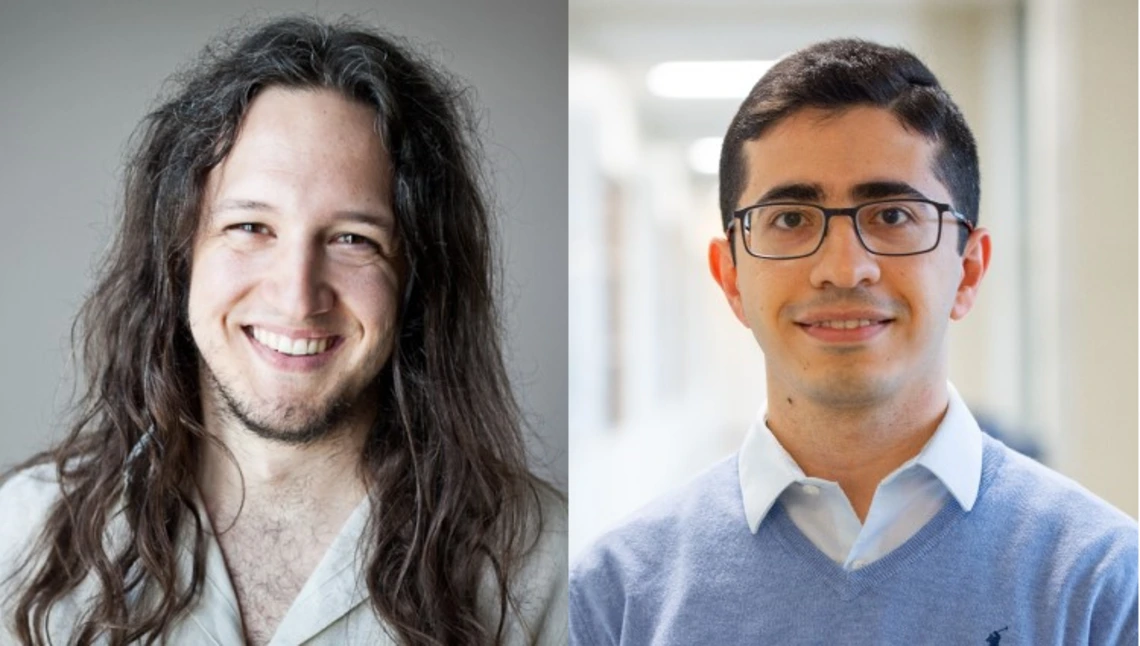SIE Welcomes Two New Faculty Members

The College of Engineering is welcoming 11 new faculty members in the 2021-2022 academic year, including two SIE faculty members. Alejandro Salado, who earned his PhD in systems engineering from the Stevens Institute of Technology, while also designing space systems in industry, is an associate professor. Erfan Yazdandoost Hamedani, who earned his PhD in industrial engineering from Pennsylvania State University and started at the UA as a research professor in 2020, is now a tenure-track assistant professor. They are a part of one of the college's largest and most diverse classes in the past 20 years.
“These new hires, and others to follow, go a long way toward demonstrating the power of diversity. They strengthen the college’s position as a global leader in technology and a driving force for the economy and societal improvement,” said David W. Hahn, Craig M. Berge Dean of the College of Engineering.
Alejandro Salado
Prior to starting at the UA, Salado worked as an assistant professor of systems engineering at Virginia Tech since 2015. He received a CAREER Award from the National Science Foundation (NSF) in 2019 for his work on “Belief Formation in Verification Strategies and the Evaluation of Verification Evidence."
Model-based approaches are an essential part of his work with large-scale systems. His theories apply to all kinds of systems, from airplanes and satellites to submarines. He was interested in the rich history of the Systems and Industrial Engineering Department as well as the college’s Craig M. Berge Engineering Design Program and new BS in software engineering.
“I was also drawn to the vision that the SIE department has for the systems engineering program, and the opportunities for systems engineering that the large NASA missions at the university can offer to faculty and students,” he said.
Erfan Yazdandoost Hamedani
Yazdandoost Hamedani's work focuses on large-scale and distributed optimization for machine learning, signal processing and statistical data analysis. These techniques are particularly useful for solving problems with a large number of variables. He recently received NSF funding on his very first application attempt. This is a rare accomplishment, as only about 22% of applications for NSF funding in the Division of Electrical, Communications and Cyber Systems are awarded.
“Despite all the challenges in the past year, I have had a very rewarding experience,” he said. “Especially, I enjoyed the friendly and supportive environment in SIE and the College of Engineering. The extensive resources available at the UA have helped me shape my teaching style, and I was able to kick start my research and collaborate with professional colleagues across the university.”
